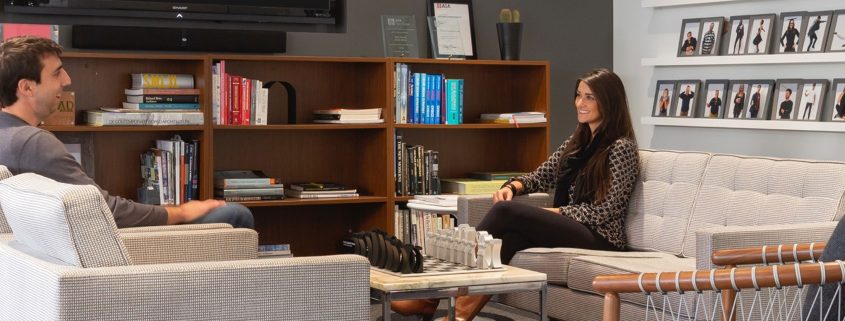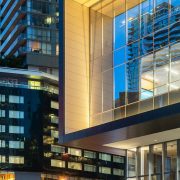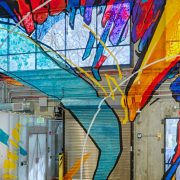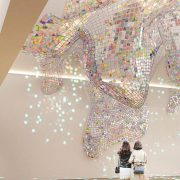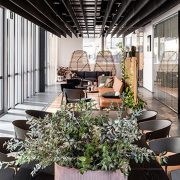WATERCOOLER CHAT: Team Centric Design
Team centric design has been the primary focus for the last two years, as businesses of all sizes seek new ways of working. Overcoming downsized workspaces, adapting to hybrid work, and programming flexible scheduling has become an essential design strategy. HermanMiller worked alongside branded environment designer Gensler to reconnect their teams through human-centered design.
Gensler is frequently tasked with helping their clients achieve connectivity through a cohesive design strategy. Their own needs became a priority as they began to realize a need for change. This case study gives you real-life insights into the process of reconnecting to the essential needs of a highly functional team environment by the interaction of:
- Creating up a solid strategy
- Bringing the outside in
- Finding your focus
- Living your values
When you’re a design firm as well known as Gensler, your office needs to express who you are and what you do very clearly. Especially if it’s a place where you bring potential clients. But what happens when your workplace isn’t
working as hard as it should be to tell your brand story? What if it’s not doing everything it can to help people
connect, solve problems, and explore their creativity? What if it’s not helping you establish a strong presence
in your community? These are the problems the team at Gensler needed to solve when they redesigned their
Herman Miller-furnished office in San Diego.
Designers play a very significant role in the return to work because they are responsible for creating community. Gensler not only reconnected their teams, but by shifting to ground level, they were able to reconnect with the community surrounding their office. This shift revitalized their vision, their team collaboration, and their desire to return to work.
TEAM-CENTRIC DESIGN CASE STUDY

